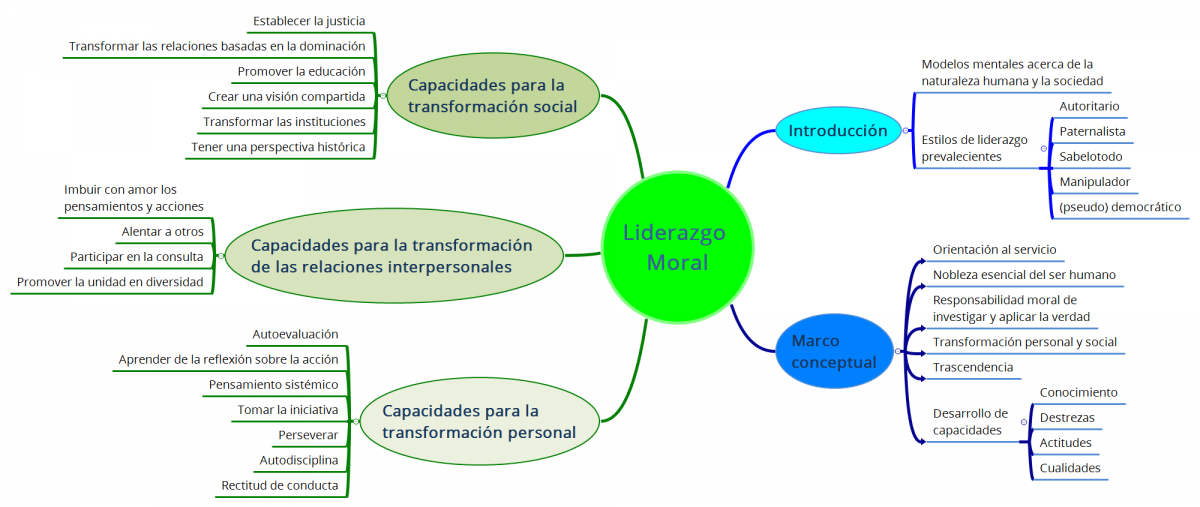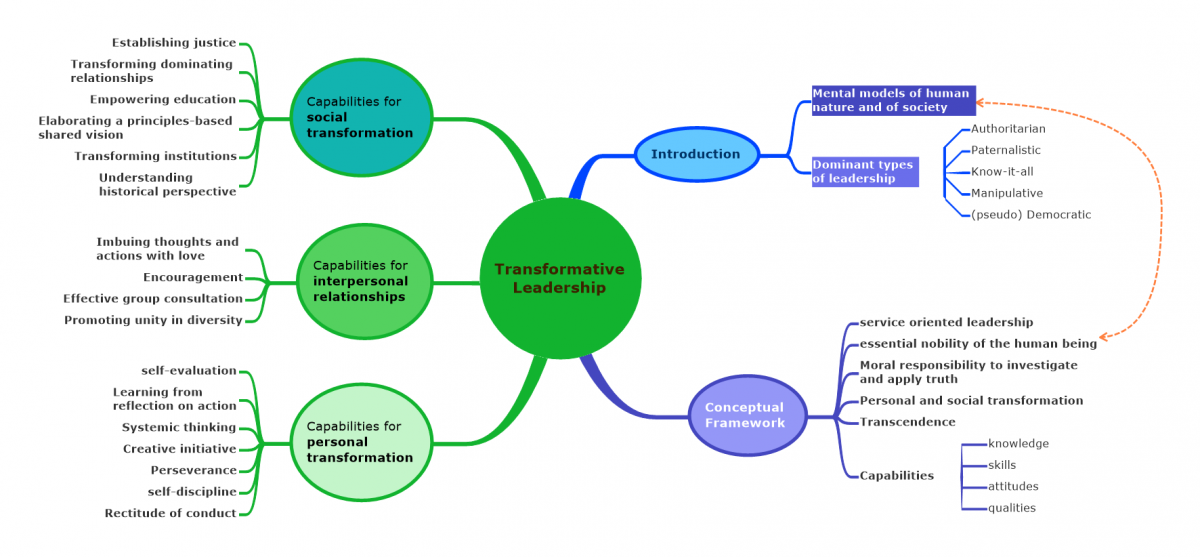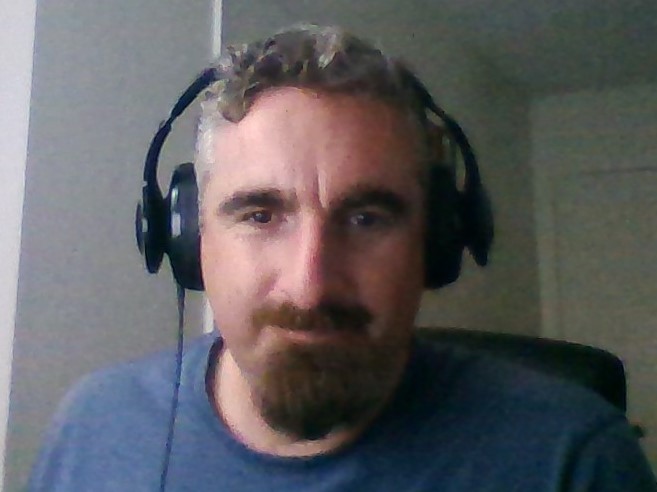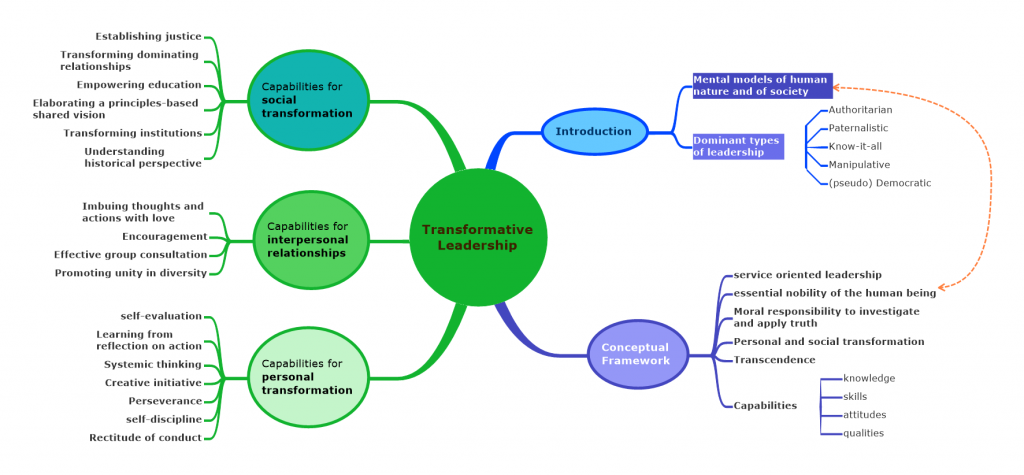¿Por qué Comenzamos el Grupo de Estudio en Línea?
En agosto 2018, me contactó una amiga y antigua colega que estaba muy preocupada por lo que veía ocurrir en la sociedad que la rodeaba. Estaba consternada por el número de problemas urgentes que se acumulan en todo el mundo. Ella confiaba en la bondad de la humanidad y de sus vecinos y amigos a su alrededor, pero quería encontrar una manera de crear una comunidad para la acción sostenible – una que trabajara bien juntos, con respeto, con un propósito compartido, y de una manera sistemática para colaborar y llevar a cabo proyectos para el bien común.
Esta amiga, sin embargo, sintió que no sabía cómo empezar a construir su propia capacidad y ayudar a construir esa comunidad (con vecinos y amigos) para que juntos podrían traer un cambio positivo a la sociedad que tanto deseaba. Ella se acercó a mí para ver si el trabajo que Anello y Hernández habían hecho con el Liderazgo Moral podría ayudarla a entender lo que estaba sucediendo en el mundo y al mismo tiempo proporcionarle inspiración para hacer cosas en su contexto.
Consultamos y decidimos establecer un curso de Liderazgo Moral en línea al que invitaríamos a amigos nuestros que tuvieran un deseo similar de impactar en un cambio positivo en la sociedad.
¿Qué Tan Difícil Fue Crear un Grupo de Estudio en Línea sobre el Liderazgo Moral?
Redactamos una invitación para participar en el estudio que publicamos en Facebook. Luego, hicimos llamadas telefónicas directamente a amigos y vecinos que sabíamos que también estaban preocupados por el estado del mundo y que podrían estar interesados en formar parte de una comunidad para la acción sostenible.
Nuestro estudio virtual del Liderazgo Moral tenía dos componentes:
1) Una lectura semanal (de un tema del libro Liderazgo Moral) apoyada con una guía de lectura que incluía preguntas de reflexión y sugerencias de actividades prácticas.
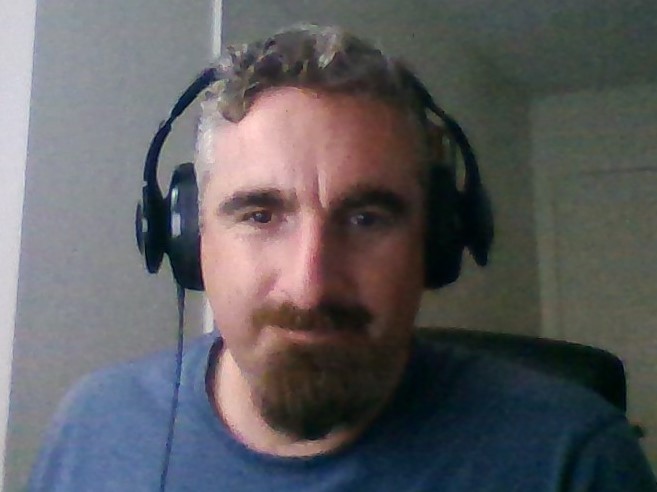
2) Una videoconferencia semanal para discutir los contenidos y su relevancia para los participantes.
El grupo se formó con media docena de participantes, todos de diferentes ciudades de los EEUU. Algunos participantes se conocían antes de empezar la clase, mientras que otros eran nuevos en el grupo.
¿Cómo Fue el Programa de Estudio?
Se organizó el estudio por semanas de la siguiente manera:
- Prológo + Introducción
- La crisis de nuestros tiempos
- Modelos mentales de la naturaleza humana y de la sociedad
- Modelos mentales predominantes del liderazgo
- Elementos del marco conceptual del liderazgo moral
- Capacidades para la transformación personal
- Capacidades para la transformación de las relaciones interpersonales
- Capacidades para la transformación social
- Integración de las capacidades + Direccionar adecuadamente la ambición.
Organizar el estudio por temas facilitó que todos se concentraran en lo que debían estudiar en un momento dado, a la vez que limitó las exigencias de tiempo que demandaba el estudio. (Todos los participantes eran adultos con vida profesional y personal).
Los miembros participaron en animadas videoconferencias cada semana para reflexionar sobre el contenido del libro e intercambiar ideas sobre temas significativos acerca de cómo trabajar colectivamente para lograr un cambio positivo en nuestras comunidades.
Como facilitador, puedo decir que cada reunión semanal fue interesante y llevó a valiosas discusiones teóricas y conexiones reveladoras con la realidad en la que vivimos (sobre todo en términos de la necesidad de aplicar y compartir las propuestas del Liderazgo Moral en las comunidades y ambientes de trabajo).
¿Qué Opinaron los Participantes?
Jessica Kerr, quien participó activamente en el grupo de estudio, respondió a las siguientes preguntas:
¿Qué era nuevo para ti al estudiar Liderazgo Moral en el grupo?
Al reflexionar sobre el aprendizaje en nuestro grupo, recuerdo con asombro la magnitud de las formas en que se podría aplicar el marco conceptual del Liderazgo Moral. Existe un potencial infinito para que el modelo mejore el desarrollo personal, así como el crecimiento y el progreso de la comunidad y de las instituciones. Es verdaderamente `transformador’. Como participante del grupo, me atrajo especialmente el poder de construcción de la sociedad del modelo de Liderazgo Moral. Fue la primera vez que participé en un grupo de individuos que estaban practicando los elementos y capacidades y luego reflexionando sobre ellos como grupo. Pude ver los efectos transformadores tanto en los demás como en mí misma. Fue una experiencia de belleza y esperanza.
¿Cómo fueron las reacciones de los otros participantes?
Recuerdo que todos se vieron muy afectados por el estado actual del mundo. La gente en nuestro planeta está sufriendo, los impactos ambientales son devastadores para muchos, y vemos elementos de prejuicio que perpetúan las fuerzas de desintegración en todos los niveles de la sociedad. Todos querían aprender a ser mejores fuentes de esperanza a través de la acción. Siento que una de las áreas más significativas de aprendizaje fue ver cómo cada uno practicaba el marco en diferentes áreas de su vida y luego reflexionaba con el grupo. Nuestras preguntas de reflexión fueron sistemáticas y alentaron respuestas perspicaces y estimulantes. En general, fue empoderante aprender unos de otros y sentir que estamos comprometidos en una iniciativa colectiva para lograr un cambio positivo personalmente, en nuestras familias, vecindarios, trabajo y comunidades.
Este mapa mental, que se utilizó en el curso, da una visión panorámica de los contenidos del Liderazgo Moral.
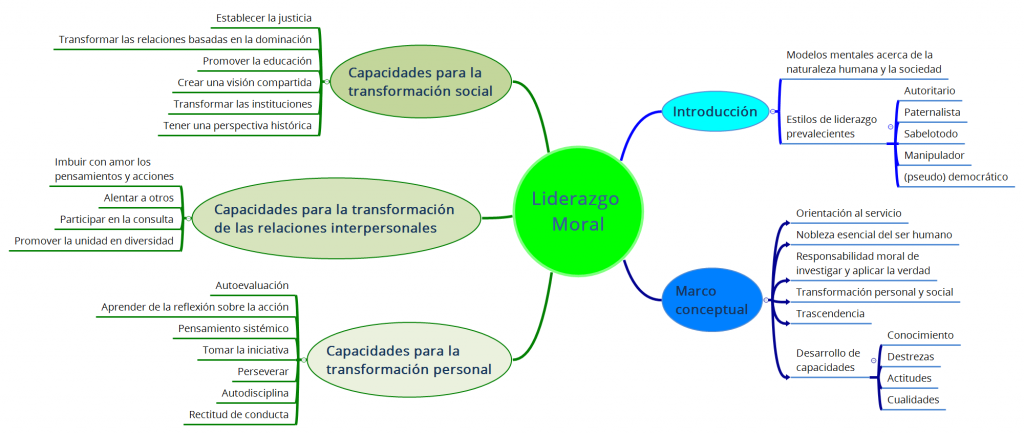
¿Qué Herramientas Utilizamos en el Curso?
Organizar el curso requerió pocos recursos tecnológicos: sólo acceso al correo electrónico y a Skype/Google Hangouts para las videoconferencias. Además, cada participante tuvo que comprar el libro. ¡Eso era todo! En breve, el mayor requisito para establecer un grupo de estudio es encontrar un grupo de personas que compartan la preocupación por la situación del mundo en el que vivimos y el compromiso de leer un tema cada semana y reflexionar sobre lo que se puede aprender de él. En ese sentido, cualquier persona que haya leído el libro Liderazgo Moral y reflexionado sobre las preguntas y aplicaciones que contiene podría hacer lo mismo.
Un Grupo de Estudio en Línea Suena Bien, pero ¿Qué de un Curso Más Formal?
Si tienes interés en participar en un curso en línea más formal sobre Liderazgo Moral, te alegrará saber que nuestro equipo está trabajando en la creación de dicho curso (en inglés) en la plataforma del Instituto Wilmette. Si quieres tener la oportunidad de estudiar Liderazgo Moral y reflexionar sobre ello con personas que compartan ese interés (¡y con una de sus autores originales!), te invitamos a visitar el sitio del Instituto Wilmette. El curso se iniciará el 13 febrero 2020.

